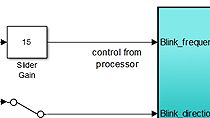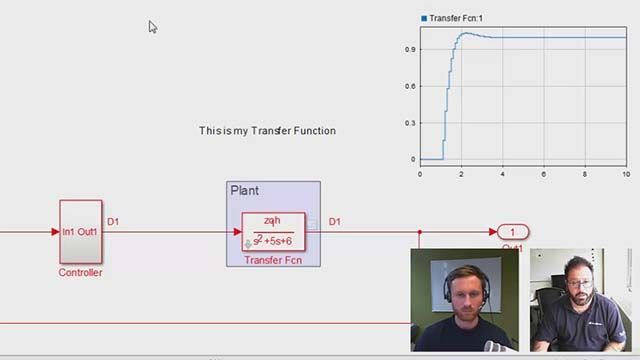What Is Simulink Test?
Develop, manage, and execute simulation-based tests using Simulink Test. For more on Simulink Test, visit: Simulink Test
Simulink Test provides tools for authoring, managing, and executing systematic, simulation-based tests of models, generated code, and simulated or physical hardware. It includes simulation, baseline, and equivalence test templates that let you perform functional, unit, regression, and back-to-back testing using software-in-the-loop (SIL), processor-in-the-loop (PIL), and real-time hardware-in-the-loop (HIL) modes. With Simulink Test you can create nonintrusive test harnesses to isolate the component under test.
You can define requirements-based assessments using a text-based language, and specify test input, expected outputs, and tolerances in a variety of formats, including Microsoft® Excel®. Simulink Test includes a Test Sequence block that lets you construct complex test sequences and assessments, and a test manager for managing and executing tests.
Observer blocks let you access any signal in the design without changing the model or the model interface. Large sets of tests can be organized and executed in parallel or on continuous integration systems.
You can trace tests to requirements (with Requirements Toolbox) and generate reports that include test coverage information from Simulink Coverage.
Support for industry standards is available through IEC Certification Kit (for ISO 26262 and IEC 61508) and DO Qualification Kit (for DO-178 and DO-254)
Published: 7 Jun 2024




